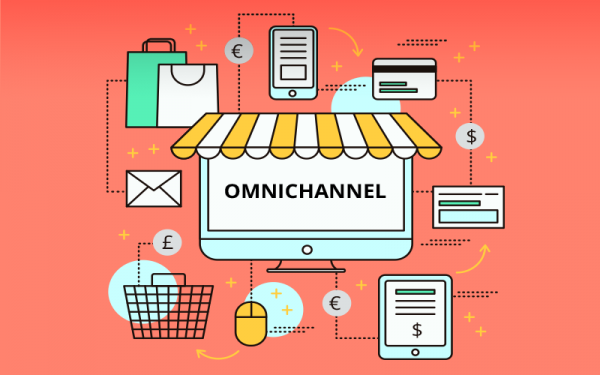by Tamara HASLAM – Sales Director AURES UK
It is often said that choice is the watchword of the modern consumer. More products, more brands, more choice is seen as the key to satisfaction.
Thanks to digital technology, consumers also have more choice than ever before not just in what they buy, but how, where and when they make their purchases. The arrival of eCommerce, with its choices of web stores, online marketplaces, mobile ordering and even purchasing through social media, has seriously challenged the leadership of the traditional bricks and mortar store.
Yet choice is not all that matters to the modern consumer. Two other words beginning with ‘C’ also have a role to play – consistency and convenience. People do not want to visit a brand’s store and see a different product range, or different prices, to those that they saw browsing the website the day before.
Equally, they can do without the option of three or four different places to buy the same product from the same seller online if the benefits of each are unclear and the whole process becomes muddled and confusing.
That is why the concept of omnichannel integration has gained so much attention in retail and in hospitality. Having multiple sales and marketing channels, both online and in the form of physical outlets, is one thing. But a higher goal is how to make them all work in harmony to deliver the most consistent, convenient experience possible for your customers, as well as helping your business run more intuitively and efficiently.
In our AURES Predictions Report 2018, we asked some of our leading channel partners to outline their vision for how EPOS might evolve over the next five years. Omnichannel integration featured prominently, especially the role EPOS technology has to play in unifying online and offline for the benefit of customers and businesses.
Key themes explored included using EPOS as an intelligence hub to improve service, combining online and in-store resources to create flexible ordering and delivery options, and harnessing the advantages of each channel at all customer touchpoints to create a ‘best of all worlds’ offering. Here is a taste of what they had to say.
Alan Holcroft, Sales Director – Northern Europe, CEGID
Shoppers now bring a greater level of knowledge into the store, researching online before they reach the aisle and, due to the high levels of personalisation customers have become used to receiving online, they now this expect to be mirrored in the physical environment.
Arming the store associate with a digitally enabled mobile POS solution, which can view a customer’s previous purchasing behaviours on and off-line, store staff can leverage clienteling opportunities to drive increased conversions. By making product recommendations in a timely manner based on previous transactions, extending stock availability beyond the shelf edge and placing online orders to a customer’s preferred delivery or collection point, the store can start to behave in the same informed, flexible manner as online shopping, helping retailers improve omnichannel conversions.
Ian Tomlinson, CEO and Founder, CyberTill
Delivery to home or in-store with an exact date and time will meet the desires of the Millennial and Gen X customer. It’s happening now. Stores such as Topshop and Schuh already do this.
McDonalds’ main city centre restaurants all contain digital boards that display touch screen options from their menu and contactless (and chip and pin) payment methods below. Trials at Starbucks of mobile order (no more waiting for an obscured version of your name to be called!) have started to make an impact on the UK market too. And even if you click and collect in store at McDonalds, or around the corner at Starbucks, in retail generally, pods and separate queuing systems are starting to pop up in stores for goods ordered online. Increased speed and convenience is key to this working.
Tina Royall, Marketing Director, Futura Retail Solutions
Joined-up systems, sharing real-time data as far as possible, remain the Holy Grail for many retail brands. This has tangible benefits in terms of business performance and customer interaction and will be a key focus for many. Essentially, [omnichannel is] about integrating and linking up different elements of the business (stores, web, concessions, suppliers, CRM and warehouse, etc,) in one cohesive IT system. So, when a customer buys online, for example, the system knows that stock is available and where it’s located. The customer might then select ‘click and collect’ or a delivery option.
Rod Barlow, Divisional Managing Director, K3 Business Technology
Today’s consumer is well informed, technically savvy, and extremely experienced when it comes to shopping in traditional and virtual channels. Constantly connected, the consumer is sophisticated and has high expectations around service, value, offers and choice. They want shopping in physical stores to offer the same benefits as online, with the ability to pick up items in the store or have them delivered to their homes, loyalty points for store visits, and store associates who have answers about product specs, availability, and inventory. The priority for any retailer is to provide their customer with the best service possible and having a solid system in place that will support their demands is the key.
To read the full AURES EPOS Predictions Report 2018, you can download it here.




